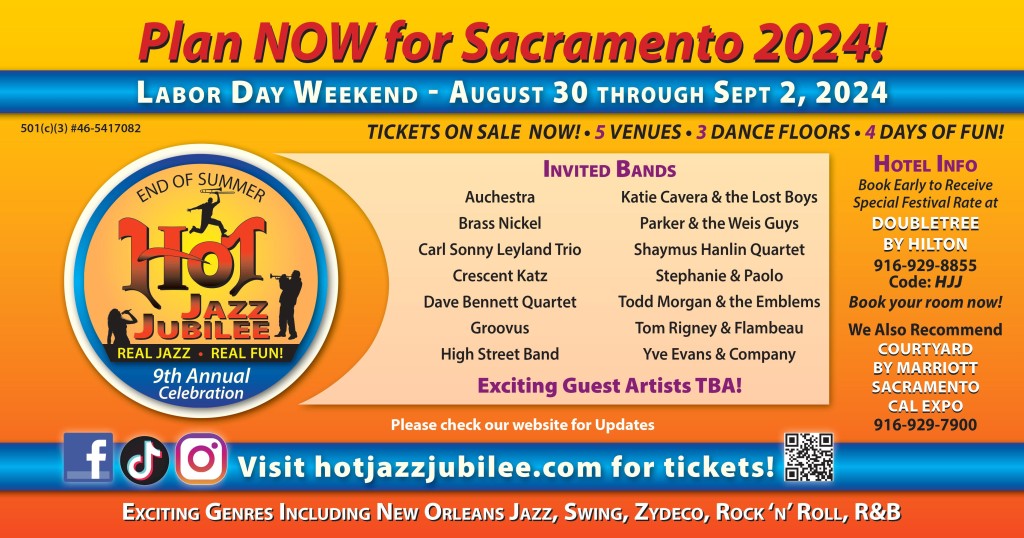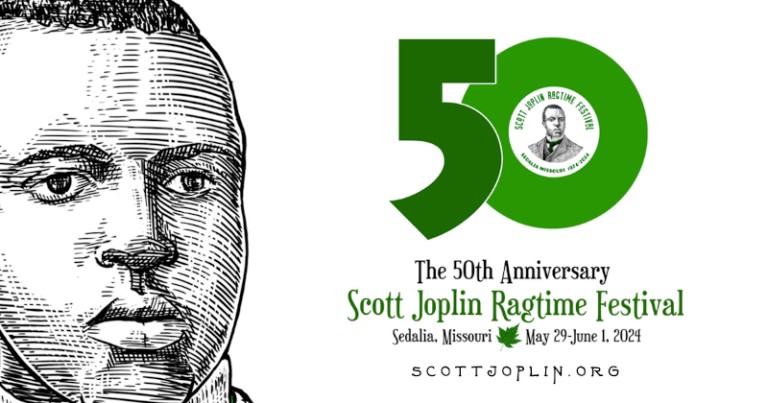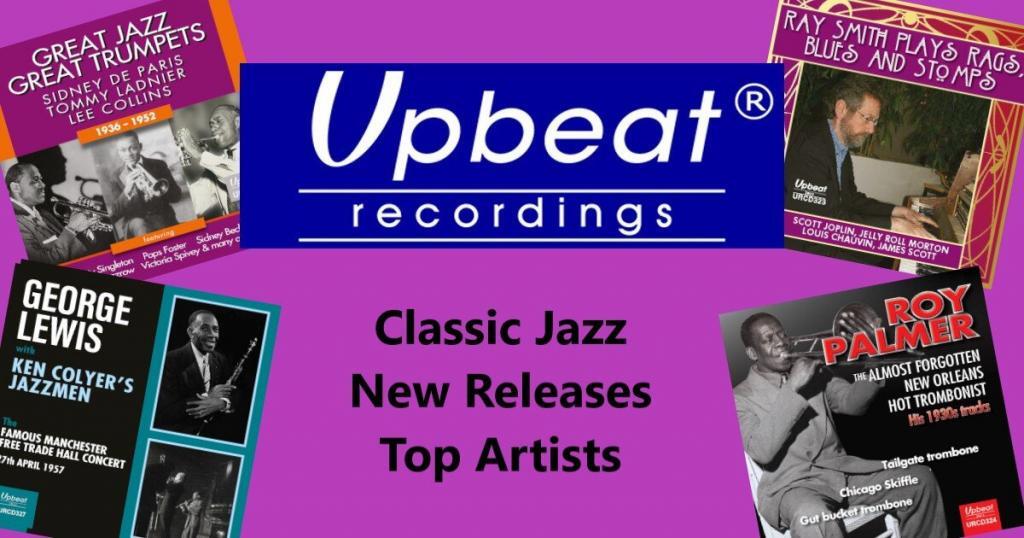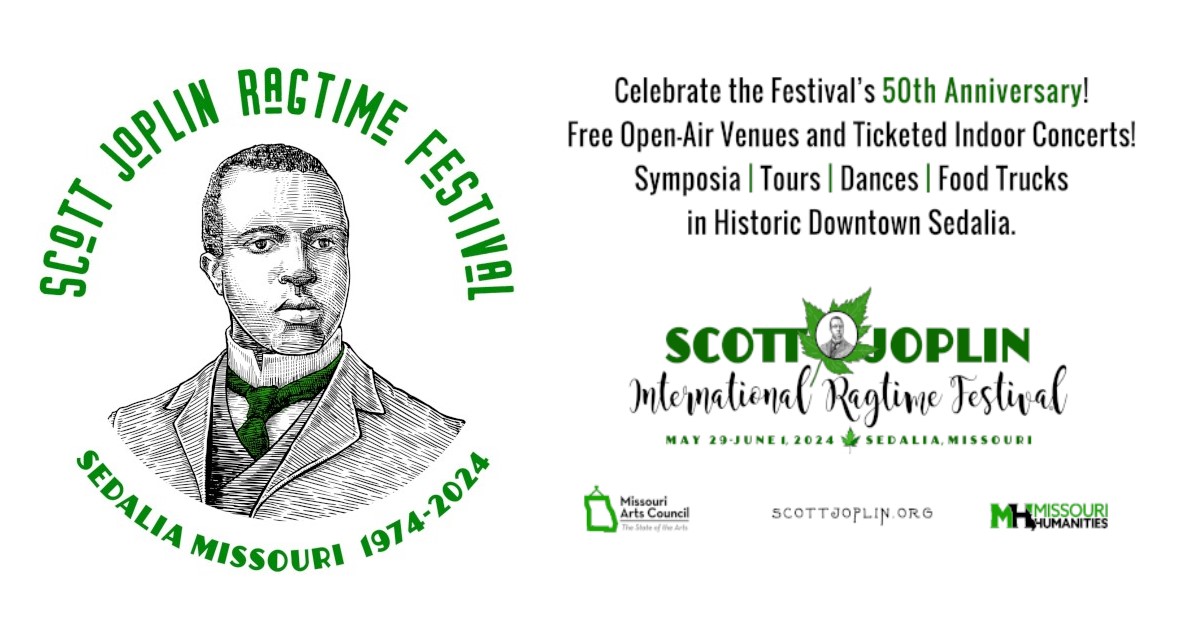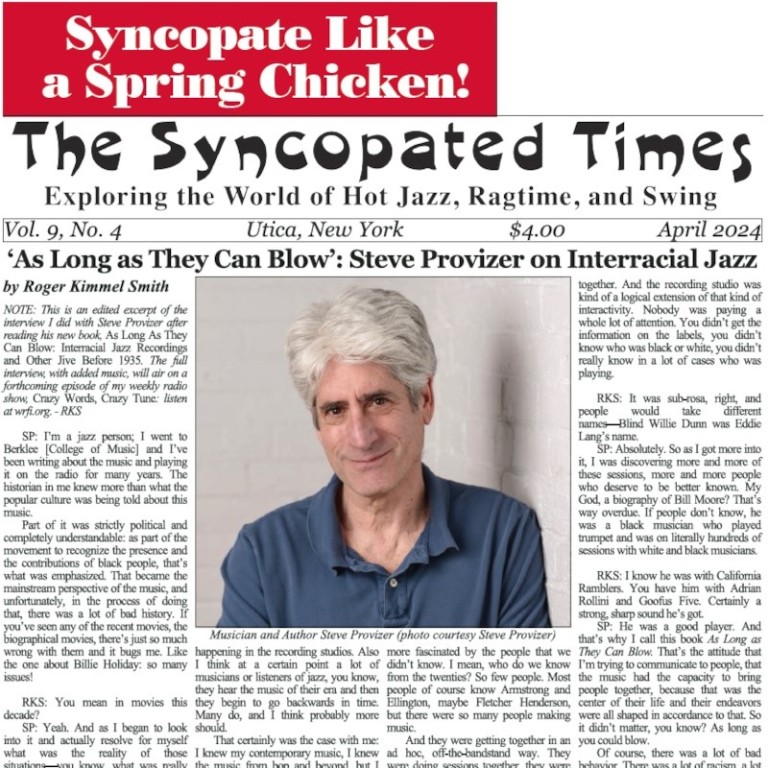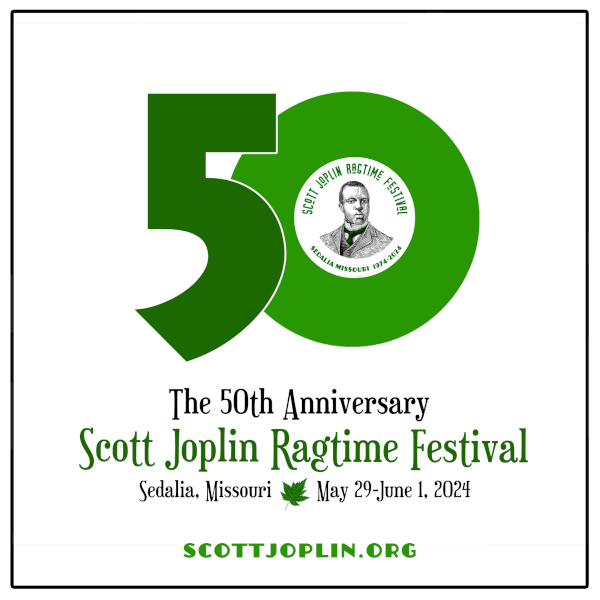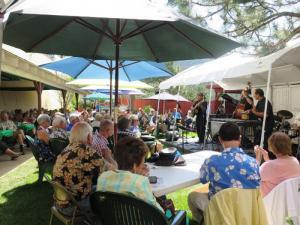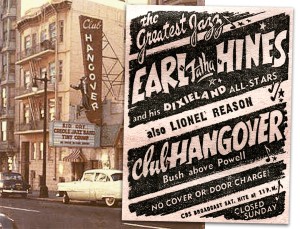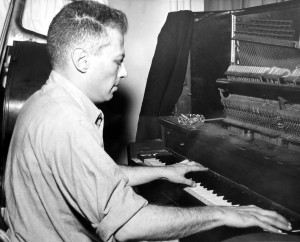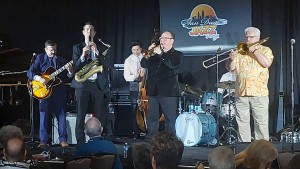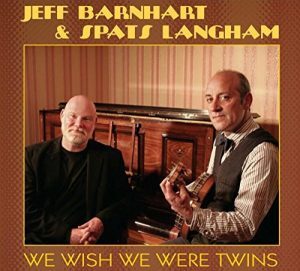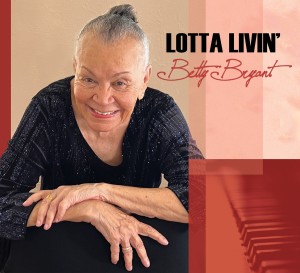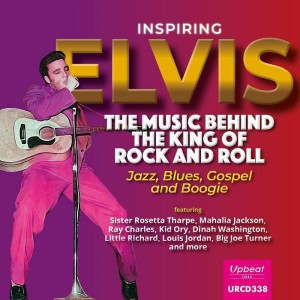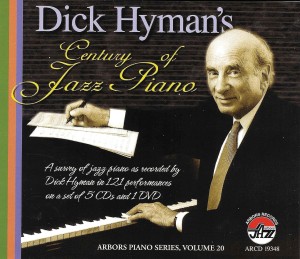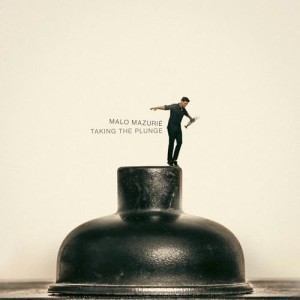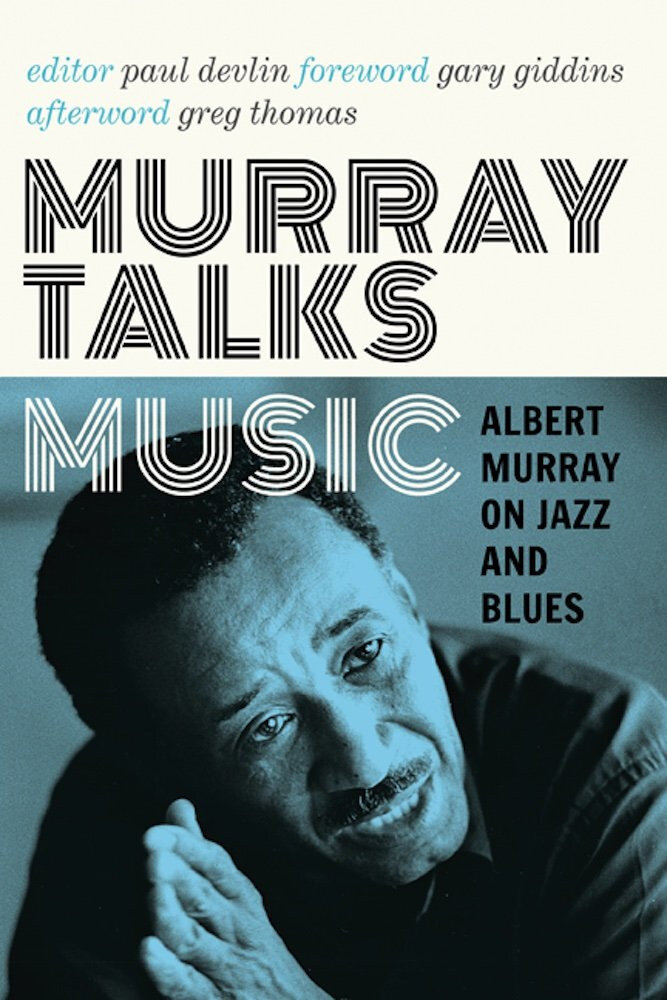 “You see, art is a matter of mastering the devices of expression. Just because you suffer doesn’t make you an artist. It’s the mastery of the means of expression that makes you an artist.”
“You see, art is a matter of mastering the devices of expression. Just because you suffer doesn’t make you an artist. It’s the mastery of the means of expression that makes you an artist.”
Albert Murray speaking with Wynton Marsalis in 1994.
Albert Murray was a remarkable American mind and a master of his chosen means of expression, be that essay, fiction, or the informal back and forth of an interview. Foremost among his many and varied interests was an abiding love of classic jazz. During his long life he published several essay collections focused on music, most notably Stomping the Blues (1976), which clearly defined his ideas. He wrote Good Morning Blues (1985), a comprehensive biography of William “Count” Basie. He also released several novels of interest to the jazz fan, a memoir, South to a Very Old Place (1971), and several collections of poetry.
Albert Murray attempted to capture elements of jazz in his unique prose style, for which he claimed his friend Duke Ellington as a model. For Duke he reserved his highest praise:
When you’re talking about Duke Ellington you are talking about the most comprehensive of all American composers and probably the quintessential contemporary composer. Here’s a man who was very serious about expressing life and his conception of life through his form.
Concern for what he sensed was an encroachment of the legacy of jazz led to Murray’s involvement with the founding of Jazz at Lincoln Center, initially called Classic Jazz at Lincoln Center. He envisioned it as a bulwark against a world too eager to throw away the good with the bad, noting:
The best dressed people don’t change their fashion every year. They’re looking for validity. They’re looking for truth . . . [A] serious artist knows when he has a value and values are things you protect. And you keep looping back. You don’t want to lose something.
Though quietly enamored with bop and later innovations current to his generation, he spent his career securing the place of the “fine art” achieved within the jazz idiom during its early years and promoting the pioneers, who continued to refine it. Louis Armstrong, he said, “went beyond what anybody else in any other art form was doing—with the trumpet.”
Murray believed that jazz “never was a folk music.” Because “Anywhere they went, people liked it, no matter what their own music was. The French made it sacred immediately. The British didn’t fight it as not being British.” While warning against the museum stiffness a fine-arts label can bring, he makes a startling statement of purpose for the music: “[jazz] is what is native in America . . . an art form for a pioneer people who require resilience as a prime trait.” Jazz is a reaction to the chaos of everyday life, and:
Chaos exists to be dealt with, not to be celebrated, because chaos is not good for anybody. So you’ve got a good way to counterstate the chaos, so that even if you start with a lot of cacophony, a lot of disjointed stuff like that, there’s got to be some type of resolution somewhere.
As he says repeatedly in the book, “Life is a low-down dirty shame but the objective is to stomp at the Savoy at nine-thirty tonight.” Jazz principles are “flexibility, the art of adapting, and the necessity of continuous creation in a perpetually oppressive and unstable world,” and, as he says elsewhere, “elegance.”
Albert Murray was born in 1916, and his artistic interests and literary gift developed early. Originally desiring to be an actor and a playwright he attended the Tuskegee Institute (1935-39) where he began a lifelong friendship with Ralph Ellison. After retiring from the Air Force in 1962 he embarked on his own writing career. Gaining notoriety with his treatise The Omni-Americans (1970), he continued to write and lecture on many topics related to art and American life well into his 90s. Murray died in 2013, and this collection was issued to mark his centennial year.
Murray Talks Music consists of eleven unpublished interviews of or by Murray, several lectures and short pieces, and his final written statement on music. This closing entry, “Jazz: Notes on a Definition,” was originally intended for the New York Times Magazine but is published here in its complete form for the first time. Included with Murray’s material are a forward by Gary Giddins, an introduction by Paul Devlin (who edited Murray’s papers for this book), and an afterword by Greg Thomas—together running to 55 pages.
The commentary by Albert Murray’s friends is engaging reading. Murray was the New York equivalent of an Oxford don, educating through conversation and suggesting undeservedly obscure books to his visitors. The reader will be tempted to pause in mid-sentence to hunt down various dusty tomes on amazon.com and elsewhere. The power of Murray’s intellect is inspiring, even at second-hand. He is said to have written for the most sophisticated reader he could imagine, and his influence shines through in the writing of his friends who contributed to this volume.
The appendices include a list of recordings Murray winkingly deemed canonical, arranged by artist with a separate appendix of Ellington-Strayhorn arrangements. The book also contains several pages of Murray’s rich, informal photographs of Basie, Ellington, and the musicians who worked with them.
The meatiest interview is of Murray by Wynton Marsalis. They discuss art, play, jazz, and literature fluidly and with a honed insightfulness. Marsalis has a thorough understanding of Murray’s philosophy and prompts him into articulating it clearly and quotably. It was the perfect choice as a first selection.
Many of the entries focus, at least in part, on theories of form and art, but they are never overly technical. The effect is of sitting in on incredibly literate dinner conversation. Murray’s enjoyment of these dialogues is clear in a radio interview where he is joined by Loren Schoenberg and Stanley Crouch. While they discuss Ellington and play a few choice cuts, the conversation swings from Will Marion Cook and Dvořák to Thomas Mann and T. S. Eliot. As Paul Devlin says in his introduction, “Murray’s approach to music comes from the perspective of belles lettres; it is philosophical, poetic, historical, anthropological, and metaphorical.”
Murray’s interview of Dizzy Gillespie was for me the most surprising and interesting. Reminiscences about their early days (they were close contemporaries) leads to a discussion among elder statesmen about the need to know what came before. Speaking to Gillespie, Murray says:
You knew what Roy Eldridge was about, you knew what Louis Armstrong was about, so when a guy came up and all he had to know was what Dizzy was about or what Charlie was about, there were some other things he may have missed that Dizzy was about.
As the interview concludes they praise the crop of young musicians carrying on the music today, “because they are aware of the historical resonances and that it’s not a matter of just getting rid of the past but of applying the past. They have respect, they don’t think it’s quaint or whatnot. They think it’s solid music and they play off it.”
Murray interviewed Dan Minor while gathering background for his Count Basie biography. Their discussion of the constantly-changing lineups of various big bands is a fascinating look at life on the road for a jazz musician from the ’20s through the ’40s. His interview with Billy Eckstine covering a slightly later period reveals how little road life changes. As name after legendary name is mentioned, all facing the same stress and challenge of constant travel musicians still endure, one realizes that the jazz legends of tomorrow are booking one-nighters and festival gigs today.
Each chapter of Murray Talks Music contains nuggets of history and fresh ideas. For anyone with a special interest in Count Basie, this book is essential. Beyond that, those curious about the theory and philosophy of art will find it immensely enjoyable. Where ideas are repeated (as they must be given the format) it is in a way that clears up ambiguity and fleshes them out. The repetition plays like a chorus hammering the main points home. Murray would appreciate the harmonics.
Murray Talks Music: Albert Murray on Jazz and Blues
Edited, with an introduction by Paul Devlin; Foreword by Gary Giddins; Afterword by Greg Thomas; University of Minnesota Press, $25.95 cloth/jacket ISBN 978-0-8166-9955-1 320 pages, 16 b&w plates, 6 x 9, 2016 www.upress.umn.edu
